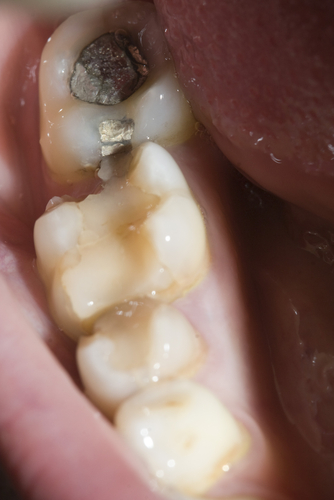Chances are you’ve had at least one filling. Fillings are what your dentist puts into your cavity after he or she removes the tooth decay. Even though it is mostly standard procedure, there are a few things you should keep in mind when get a cavity.
1. Get It Filled
It may sound like a hassle, but filling your cavity is important if you want to avoid future problems. The risks are almost nonexistent, unless you have specific heart conditions. Then the risk of bacteria entering the bloodstream and causing endocarditis is higher, so you might need an antibiotic. If you don’t get a cavity filled, the decay could spread. That could cause bone loss or just more tooth loss, resulting in root canals, crowns, and even pulled teeth.
2. Ask Questions
When your dentist fills your tooth, they numb the surrounding area, drill and fill. But what they fill your tooth with varies. Amalgam—mercury, silver, tin, etc.—is the easiest and cheapest. Composite resin and ionomers are the color of your tooth, and ionomers release fluoride. Gold is difficult and expensive. Ceramics are the most difficult and costly, but tooth-colored. Talk to Dr. Meden about your preferences or ask our opinion. And ask about laser treatment; it isn’t available everywhere, but lasers can remove tooth decay without the painful drilling.
3. Take Care
After your tooth is filled, be careful not to chew on your lip or cheek. They will be numb, but you could hurt yourself. And ask your dentist about special toothpastes. Your tooth could be sensitive to extreme temperatures for a while and certain toothpastes can help.
Of course preventing cavities is the path we should all shoot for, to avoid the need for fillings and more complicated dental work. Brushing and flossing is worth your time!
